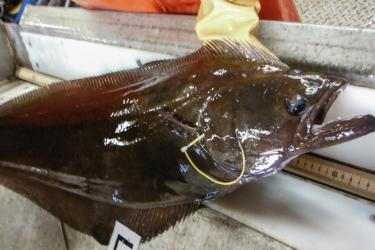Greenland Turbot Results
Fisheries of the Exclusive Economic Zone Off Alaska; Authorizing Hook-and-Line Catcher Processors To Use Longline Pot Gear in the Bering Sea Greenland
On March 27, 2025 NOAA Fisheries published a final rule authorizing hook-and-line catcher/processors (C/Ps) to use longline pot gear when directed fishing for Greenland turbot in the Bering Sea (BS) subarea of the Bering Sea and Aleutian Islands (BSAI)…
Published
07/10/2025
